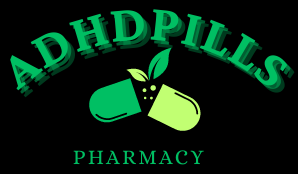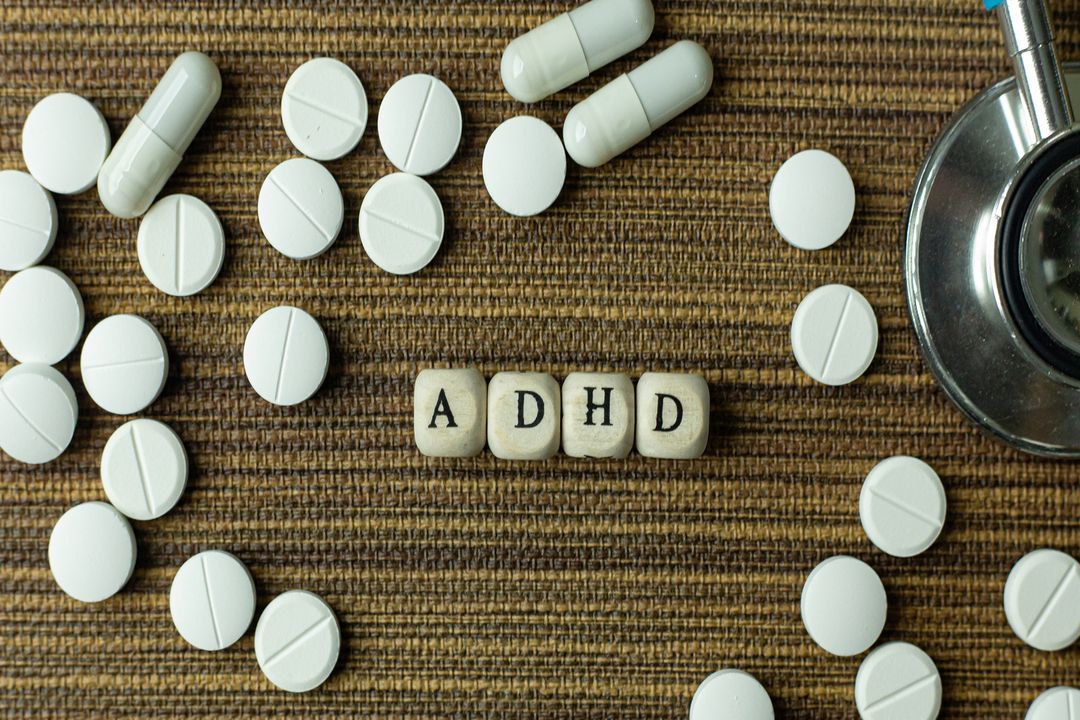Introduction
Attention-Deficit/Hyperactivity Disorder (ADHD) is a neurodevelopmental disorder that affects millions of people worldwide. Individuals with ADHD often struggle with attention span, hyperactivity, and impulsive behavior, which can significantly impact their daily lives and overall well-being. One of the most common treatment approaches for ADHD involves medications. While these medications can be highly effective, it is crucial to emphasize proper dosage and ongoing monitoring. This is to ensure optimal treatment outcomes and minimize potential risks.
Understanding ADHD Medications
ADHD medications can be divided into two categories: stimulants and non-stimulants. Stimulant medications, such as methylphenidate and amphetamines, are prescribed for ADHD symptoms. Non-stimulant medications, like atomoxetine and guanfacine, are alternative options for individuals who do not respond well to stimulants or experience adverse effects.
The Importance of Proper Dosage
- Individual Variability: Each person with ADHD may react differently to medications, necessitating personalized dosage adjustments. Factors like age, weight, metabolism, and the severity of symptoms all play a role in determining the appropriate dosage.
- Efficacy and Safety Balance: Finding the right dosage is crucial to strike a balance between alleviating ADHD symptoms and minimizing potential side effects. Too low a dose might be ineffective, while too high a dose can lead to adverse effects like insomnia, loss of appetite, or increased anxiety.
- Gradual Titration: Initiation of medication should involve a gradual titration under the supervision of a healthcare professional. This approach helps assess how the individual responds to the medication while minimizing the risk of severe side effects.
- Avoiding “Doctor Shopping”: It is essential for individuals to refrain from seeking multiple prescriptions from different healthcare providers, as this can lead to improper dosage and dangerous drug interactions.
The Role of Ongoing Monitoring
- Regular Follow-ups: Continuous monitoring by a healthcare professional is vital to evaluate the medication’s effectiveness and any adverse effects. Follow-up appointments allow for dosage adjustments as needed to optimize treatment outcomes.
- Adapting to Changing Needs: The dosage and type of medication that work best for an individual may change over time, particularly as children with ADHD grow into adolescence and adulthood. Ongoing monitoring facilitates adjustments as needed.
- Identifying Side Effects: Some side effects may not be immediately evident. Regular monitoring helps identify and address any emerging adverse reactions promptly.
- Addressing Comorbidities: Many individuals with ADHD may have comorbid conditions, such as anxiety or depression.
Educating Patients and Caregivers
Proper education about ADHD medications is essential for patients and their caregivers:
- Understanding Medication Information: Patients and caregivers should be well-informed about the medication, its purpose, dosage, potential side effects, and any precautions to be taken.
- Reporting Changes: Patients and caregivers should report any concerning changes in behavior or mood to their healthcare provider promptly.
- Complying with Dosage Instructions: It is crucial to strictly adhere to the prescribed dosage and not make adjustments without consulting a healthcare professional.
Conclusion
ADHD medications can significantly improve the quality of life for ADHD patients when used appropriately. Proper dosage and ongoing monitoring are crucial elements of successful ADHD treatment, ensuring patients receive the most effective treatment while minimizing potential risks. By fostering a collaborative relationship with healthcare providers and following their guidance, individuals with ADHD and their caregivers can optimize medication benefits in managing this challenging condition.




